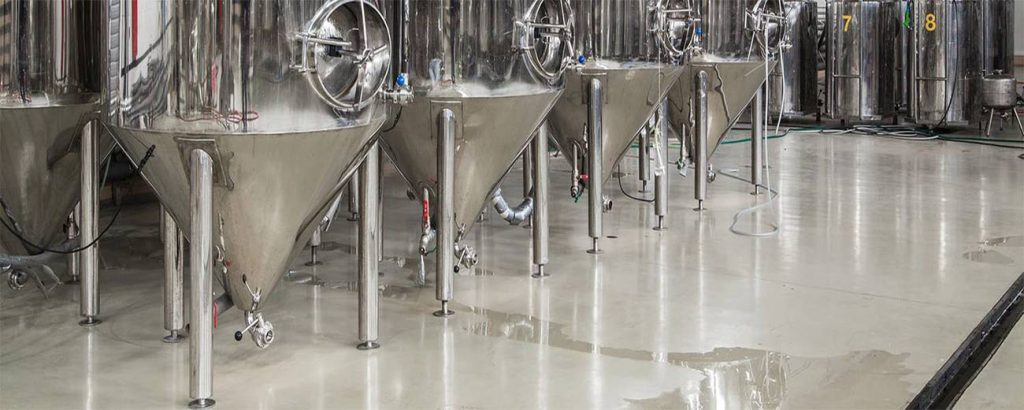- +49 (160) 95 36 60 33
- 08:00 - 17:00
- info@sapphirepetroleum.com
- Select Language
Sapphire Petroleum Company specializes in high-quality Polyurethane Elastomers, known for their flexibility, resilience, and durability. Ideal for diverse industries, they offer long-lasting performance and reliability.

3. Polyurethane Elastomers
• Applications:
• Industrial rollers and belts.
• Wheels for forklifts and skateboards.
• Seals and gaskets for heavy machinery.
• Features:
• High wear and tear resistance.
• Excellent elasticity and load-bearing capacity.
4. Polyurethane Coatings
• Applications:
• Protective coatings for wood, metal, and concrete.
• Automotive and aerospace finishes.
• Waterproof and corrosion-resistant paints.
• Features:
• High resistance to abrasion, UV rays, and chemicals.
• Provides a glossy and durable finish.
5. Polyurethane Adhesives
• Applications:
• Bonding materials like wood, metal, and plastics.
• Construction and flooring adhesives.
• Features:
• Strong adhesive strength and versatility.
• Resistant to moisture and extreme temperatures.
6. Thermoplastic Polyurethane (TPU)
• Applications:
• Footwear (soles and midsoles).
• Medical tubing and devices.
• Cable jacketing and seals.
• Features:
• Flexible yet tough with excellent transparency.
• Resistant to abrasion and oil.
7. Waterborne Polyurethane
• Applications:
• Eco-friendly coatings and adhesives.
• Textiles and leather finishing.
• Features:
• Low volatile organic compound (VOC) emissions.
• Environmentally friendly and durable.
1. Rigid Polyurethane Foam
• Applications:
• Thermal insulation for buildings and refrigeration units.
• Structural foam for lightweight panels.
• Features:
• High thermal insulation properties.
• Lightweight and durable.
2. Flexible Polyurethane Foam
• Applications:
• Upholstery and furniture cushions.
• Mattresses and bedding.
• Automotive seating and interiors.
• Features:
• Excellent flexibility and cushioning.
• Durable and lightweight.
…
Polyurethane is a versatile polymer derived from the reaction of polyols (alcohols with multiple hydroxyl groups) and isocyanates. Developed in the 1930s, it can exist in multiple forms, including rigid, flexible, and foamed structures, making it suitable for a wide range of applications.
Polyurethane is widely used in industries such as construction, automotive, furniture, and appliances due to its durability, flexibility, and insulating properties.
Chemical Structure:
Polyurethane is a linear polymer with urethane linkages (-NH-CO-O-) formed through the reaction between a polyol and an isocyanate. Additives and fillers are often included to tailor properties for specific uses.
Key Characteristics:
• Versatility: Can be rigid, flexible, or semi-rigid.
• Durability: Resistant to abrasion, wear, and chemicals.
• Insulating Properties: Excellent thermal and acoustic insulation.
• Lightweight: Suitable for applications requiring reduced weight.
Economic Impact:
Polyurethane drives innovation in construction, automotive, and consumer goods industries, contributing significantly to global economies by offering cost-effective, durable, and customizable materials.
Industrial Applications:
• Construction: Insulation panels, sealants, and adhesives.
• Automotive: Seat cushions, interior trims, and bumpers.
• Furniture: Mattresses, foam cushions, and upholstery.
• Appliances: Refrigeration insulation and protective coatings.
Environmental Impact:
Polyurethane production relies on petrochemicals, contributing to greenhouse gas emissions. Its non-biodegradable nature adds to long-term waste problems.
Sustainability Efforts:
• Recycling Initiatives: Techniques such as mechanical recycling and chemical depolymerization are being developed to reuse polyurethane waste.
• Bio-Based Polyurethanes: Research into using renewable resources like soybean oil and castor oil for production.
• Energy Efficiency: Use of polyurethane in insulation reduces energy consumption in buildings and appliances.
Innovations in Polyurethane Technology:
Emerging advancements include self-healing polyurethane, enhanced durability for long-term applications, and formulations with reduced environmental impact.
Role in Emerging Applications:
Polyurethane is increasingly being used in renewable energy systems (e.g., wind turbine blades), 3D printing, and lightweight composites for transportation and construction, ensuring its relevance in modern and sustainable industries.
Polyurethane (PU) is a versatile polymer made by reacting polyols with isocyanates. It can exist in flexible, rigid, or foam forms, depending on its formulation and intended use. Key parameters analyzed include:
• Density:
• Rigid foam: ~30–50 kg/m³.
• Flexible foam: ~20–60 kg/m³.
• Elastomers: ~1.1–1.2 g/cm³.
• Hardness: Measured in Shore A or Shore D, ranging from 20A (soft) to 80D (rigid).
• Tensile Strength: ~10–50 MPa, depending on the grade.
• Elongation at Break: 200%–600%, indicating flexibility.
• Thermal Stability: Typically stable up to 120°C; higher for specialized grades.
• Compression Set: Indicates resistance to deformation under prolonged pressure.
Standards such as ASTM D638, ISO 527, and ISO 845 are used to analyze polyurethane’s physical and mechanical properties.
Polyurethane production is global, with major manufacturers in regions with strong chemical industries. Key producers include:
• Asia: China, Japan, South Korea, and India.
• North America: United States, Canada, and Mexico.
• Europe: Germany, Italy, and France.
• Middle East: Saudi Arabia and UAE.
Polyurethane is categorized into various types based on its formulation and applications:
Polyurethane’s versatility makes it a material of choice across numerous industries:
• Construction: Insulation panels, sealants, and adhesives.
• Furniture and Bedding: Cushions, mattresses, and upholstery.
• Automotive: Seat cushions, dashboards, and bumpers.
• Electronics: Encapsulation for circuit boards and protective coatings.
• Footwear: Soles for shoes and sports footwear.
• Industrial Applications: Conveyor belts, rollers, and wheels.
• Appliances: Insulation for refrigerators and freezers.
• Consumer Goods: Coatings for floors, paints, and varnishes.

SAPPHIRE PETROLEUM COMPANY
© 2024 All Rights Reserved | Powered by Netologist
Reviews
There are no reviews yet.